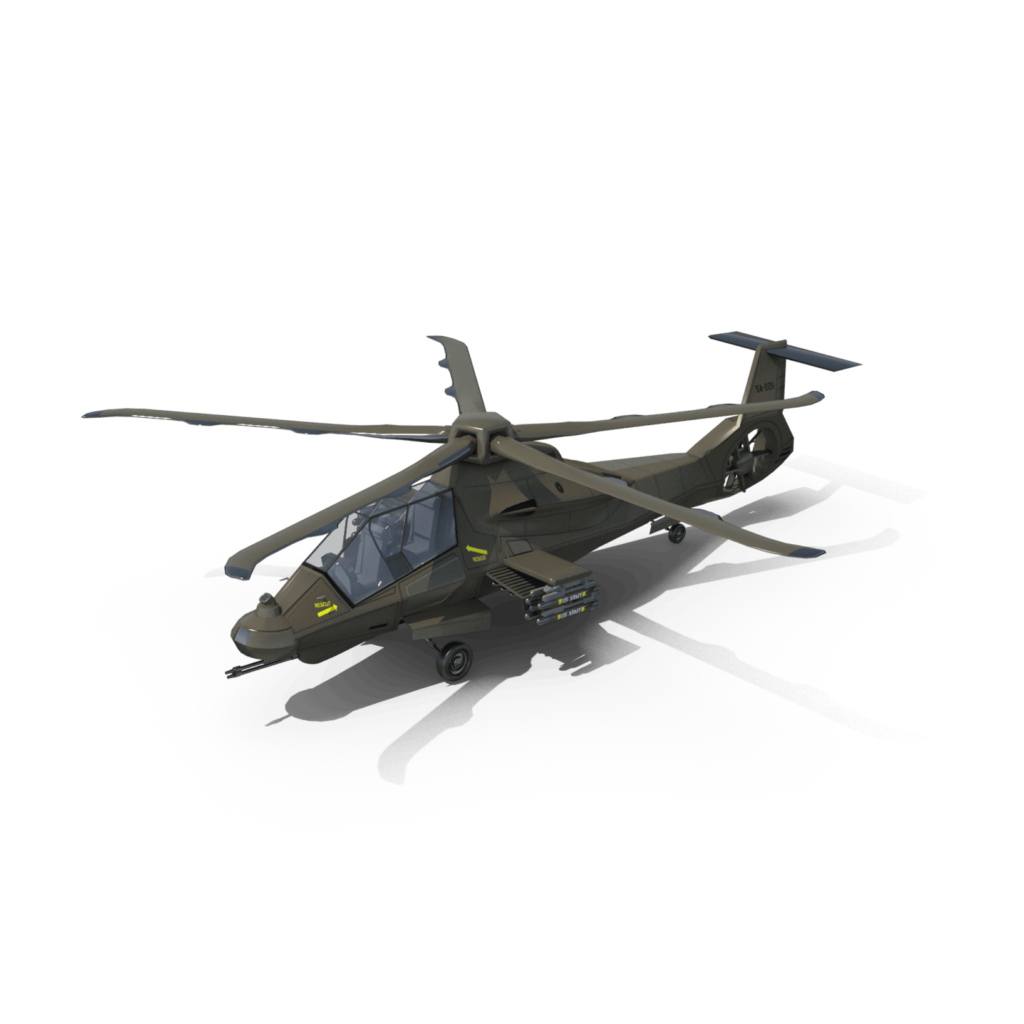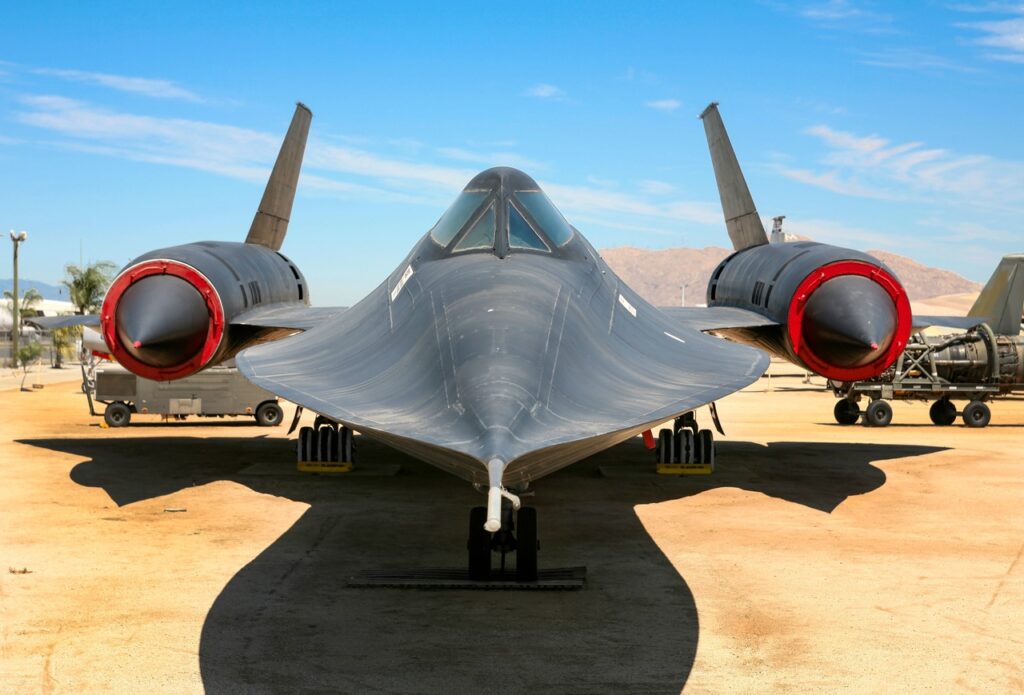
The U.S. Navy’s Virginia-Class Submarines: Simply the Best?
Here’s What You Need to Remember: So if they’re so different—why aren’t they a different class? Two reasons: bureaucracy and innovation
America’s Virginia-class submarines come in five “blocks,” and the latest hulls, block Vs, are essentially a new class of submarine. So why aren’t they called something else?
Cost Effective
According to the Congressional Research Service, the Virginia-class design “was developed to be less expensive and better optimized for post-Cold War submarine missions than the Seawolf-class design,” which was intended to be the United States’ heavy-weight with which to attack Soviet Union underwater strongpoints. Only three Seawolfs were built.
The Virginia-class submarines come in five “blocks,” each with different, incremental improvements and tweaks related to manufacturing ease and upgrades in automation to reduce crew size.
While the initial batch of ten Virginia-class submarines (blocks I and II) are essentially the same, the following eight Virginias are block III and incorporate a new bow design.
As per Craig Hooper’s analysis, the new block IIIs will have “a new sonar array and large diameter vertical payload tubes.” A prodigious twenty percent of the block IIIs were redesigned. Of that class, the USS Delaware will apparently be commissioned into the U.S. Navy in 2020.
As Hooper explains, “the new Block V boats, by adding the payload tubes and making other changes, induced another 20 percent change in the overall Virginia class design,” which means that the block Vs are forty percent re-designed. They’re essentially new submarines.
New Class
Block V Virginia’s are also about eighty feet longer, carry more Tomahawk missiles, and have underwater drone launch and recovery capabilities. So if they’re so different—why aren’t they a different class?
Two reasons: bureaucracy and innovation
New submarine classes have to undergo extensive testing and validation in order to be put into production. By implementing incremental changes and improvements in the design (and not just in the production process) the Navy is able to get better submarines out of shipyards and into the water much more quickly than would otherwise be possible.
A secondary benefit to the “incremental change” strategy are the lessons learned that would presumably be incorporated into the Columbia-class design. The Columbia-class is a planned twelve-hull design that would be the America’s most advanced nuclear-propelled design once they enter the water, likely in 2027.
Hooper explains that the downside of incorporating incremental changes is that it hampers new ideas: “the time-consuming and expensive bureaucratic requirements that face new programs may discourage innovation and incentivize the Navy to keep older platforms in service longer than is prudent.” Put bluntly, the Pentagon’s pathological fear of a “new start” may encourage the development of sub-optimal solutions to avoid testing and trials requirements inherent in a “new platform.”
In order to work around the Navy—the Navy—is not renaming the class, but “blocking” the tweaked variants. Smart.
Caleb Larson is a defense writer for the National Interest. He holds a Master of Public Policy and covers U.S. and Russian security, European defense issues, and German politics and culture. This article first appeared earlier this year and is being republished due to reader interest.
Image: Reuters


